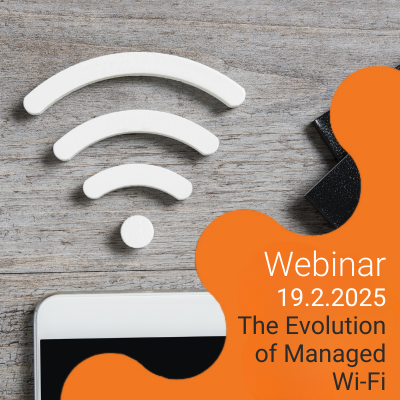
The Future of TR-069 – BBWF 2017 Recap
The BBWF show in Berlin this year has proven even further that the TR-069 market has fully matured. The majority of worldwide carriers and CSPs, from big to small, have already adopted the TR-069-based solutions that enable automatic deployment, provisioning and remote support of broadband services. There’s definitely no need for market education, as most telcos understand the benefits of TR-069 implementation, especially the operation costs reduction and quality of service improvement.
Along with Friendly Technologies, there are a few main players who all have genuinely good, feature-rich solutions. The differentiation between the competing companies is minimal, and technically speaking any chosen company specializing in CWMP-based device management should deliver good value for any carrier or CSP.
Main Challenge of Carriers and CSPs
One of the main challenges of service providers worldwide is increasing their Average Revenue Per User (ARPU). The way I see it, TR-069 vendors must Enable Carriers and CSPs to increase their ARPU. Increased ARPU can be achieved by operational cost savings and introduction of new services. It is crucial to enable providers to reduce operational costs even more than is currently possible with the classic device management solutions. New modules, like Automatic Problem Resolution, Smart events management, self-support portals and users’ mobile application are ways to both reduce operational costs and cut churn.
Additionally, modern CPE management solutions should be future-proof – ready for NFV and introduction of new services, such as Smart Home automation and IoT. Introducing Smart Home and IoT will enable the creation of new markets, the uncharted territory for service providers, where they can gain market share and capture new customers.
Wireless Connectivity
Wireless connectivity is the key issue for carriers and CSPs today. A growing number of users per one household and the connectivity within the house determine the quality of customer experience. The customer’s experience with wireless connectivity within the house can be disrupted due to a great number of variables. This being a great challenge for CPE manufacturers, as gateways should be WIFI-problems proof, especially for fiber, G. Fast, and DSL networks.
Device Management for IoT
IoT world is growing by the second. New IoT vendors are emerging every day – management platforms, connectivity, and hardware- in all verticals, such as Smart Cities, Smart Homes, Energy and Utilities, Agriculture, Mobility, Healthcare, etc. Despite the tremendous developments in the IoT field, the standardization still hasn’t caught up with the needs. It’s possible that we are still a few good years away from a streamlined, connected IoT world. Having said that, some standard protocols such as TR-069, LwM2M, and OMA-DM are leading so far.
- OMA Lightweight M2M (LwM2M) was created by the Open Mobile Alliance and is a fast, light, and structured session-based protocol. LwM2M enables most IoT functionalities while maintaining Device Management capabilities on restricted devices.
- OMA-DM is a Device Management protocol created by the Open Mobile Alliance for mobile applications. This protocol is ideal for managing things that are on the move (i.e., not over a fixed IP). This is a more complex and structured protocol than LwM2M with a full Device Management functionality. It is used for telematics, mobile gateways, etc.
- TR-069, the most mature and complex Device Management protocol, was devised by the Broadband Forum and is governed by it. This protocol is very widely accepted worldwide, and there are hundreds of millions of devices around the world that are TR-069 capable. It is a complex, heavy, and structured protocol, and is meant for fixed devices and gateways.
Artificial Intelligence (AI)
Artificial Intelligence (AI) will penetrate device management increasingly. It will enable carriers and CPS to generate knowledge from the collected data. The collected knowledge will enable TR-069 ACS to make automatic decisions triggered by certain events or problems.
Friendly’s APR™ is an example of a module where AI can be instrumental in future CWMP device management.
Friendly’s APR™ is an expert system for proactive diagnostics and resolution of CPE problems. Friendly APR™ feature can be activated via the following scenarios:
- Event-triggered by the CPE: Automated diagnostics and problem resolution based on events received from the CPE
- Friendly Advisor in the Call Center Portal: Performance of automatic diagnostics, and offering a “Fix-It” button
- Problem Resolution Wizard: The CSR can type a problem name and obtain a list of common issues that can be resolved by running a script.
What did you think about the BBWF 2017 event? What trends and challenges caught your attention? Please share with us.
Would you like to book an online demo of our IoT & Device Management solutions? Please contact us.
Explore Other Topics
Friendly News
Telecom Blog
IoT Blog
Embedded Blog
Smart Home Blog
Webinars
Whitepapers

One-IoT™ Device Management
IoT Application Enablement
Friendly Smart Home
Embedded Clients
Friendly LwM2M client
Friendly OMA-DM Client
Friendly Partners
Commercial Partners
Device Manufacturers
Resources
Blog & News
Glossary
Webinars
About Friendly Technologies
